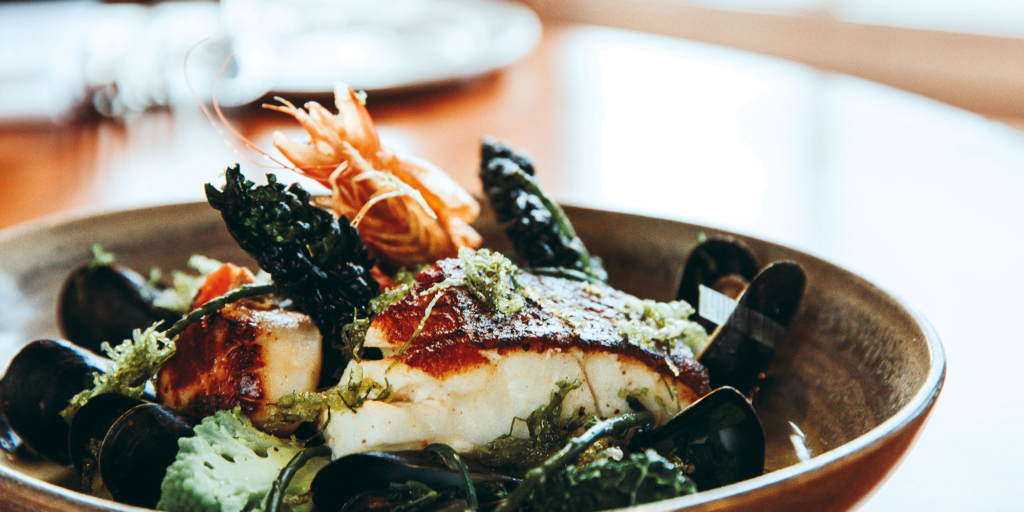

Taste of the season
We talk with Jude Kereama, our foodie Guest Editor, about seasonality within Cornwall’s culinary scene.
Cornwall continues to grow in popularity for its ocean lifestyle that is just a little bit different to the rest of the UK. The pace is gentler, for one, and if you had the choice between the urban surrounds of the city and the shimmering coast of Cornwall, where would you really rather be? But it’s more than that. In the city, the weather doesn’t play as much of a part in the day-to-day lives of those who live there, which in many respects is a good thing. In Cornwall, however, the landscape and life within it is very much guided by the seasons, from the emergence of spring annuals in March, to the russet tinge of the trees in autumn as their leaves make the annual fall.
Nowhere is Cornwall’s seasonality more apparent – or, in fact, important – than in the county’s culinary scene. In our latest foodie insight from Jude Kereama, owner and founder of Kota and Kota Kai in Porthleven, and four-time star of the BBC’s Great British Menu, he offers his view on the seasons in Cornwall and how they affect and influence the flourishing foodie scene here.
The first thing to say, is that seasonality is a massive factor in all of Jude’s cooking, and therefore an important part of the running of his restaurants. “By cooking with the seasons,” he says, “we are cooking with the freshest ingredients that are at their peak of flavour. It also means that it’s more cost-effective as it will also be plentiful and locally sourced.”
Jude, who loves to forage, explains that seasonality has a big impact on the ingredients he can forage from the local landscape, too. “Right now, there are plenty of ingredients to forage such as wild garlic, nettles, sea herbs and seaweeds,” he explains. In fact, spring is Jude’s favourite season. “After a long winter, it is always great to see the change of the season; the colour palate of food turns into a sea of greens, with lots of meats and fish coming into season to match. It also sees the return of asparagus, wild garlic, nettles, watercress, spinach, purple sprouting broccoli, samphire, new potatoes, sea purslane, sorrel and seaweeds.” To match these seasonal vegetables and herbs, Jude draws on meat and fish like lamb, wood pigeon, sea trout, crab, salmon, langoustine, mackerel and all sorts of other seafood. In short, it’s an exciting time to eat at Kota!
As a Cornish chef, while Jude loves to forage ingredients where and when he can, he is also able to rely on some amazing suppliers. After all, it’s our producers, farmers and fishermen that underpin Cornwall’s exceptional culinary reputation, so why wouldn’t he draw on their expertise? “We are so lucky to have so many amazing producers here in Cornwall, and I only ever deal with the best ingredients that they can get at the time.” Like other chefs around Cornwall, Jude and his teams are only ever as good as the ingredients they’re supplied with. “This is why it’s so important that we have a close working relationship with our suppliers to make sure we are all striving to be the best we can be.”
When asked about the need to keep food miles down, and whether he thinks more restaurants and chefs around the county are choosing to ‘roll’ with the seasons and use what’s naturally available at any given time of year, Jude’s answer is an interesting one. “We talk about the importance of seasonality, but in reality, there are more than four seasons in a food calendar,” he explains. “Ingredients all peak at different times and so we tend to change ingredients on our menu according to availability.” He compares it to ‘micro-management’ within the seasons, which he says “ensures that we are using the best from our local growers and cutting down our food miles”.
Kota Kai


